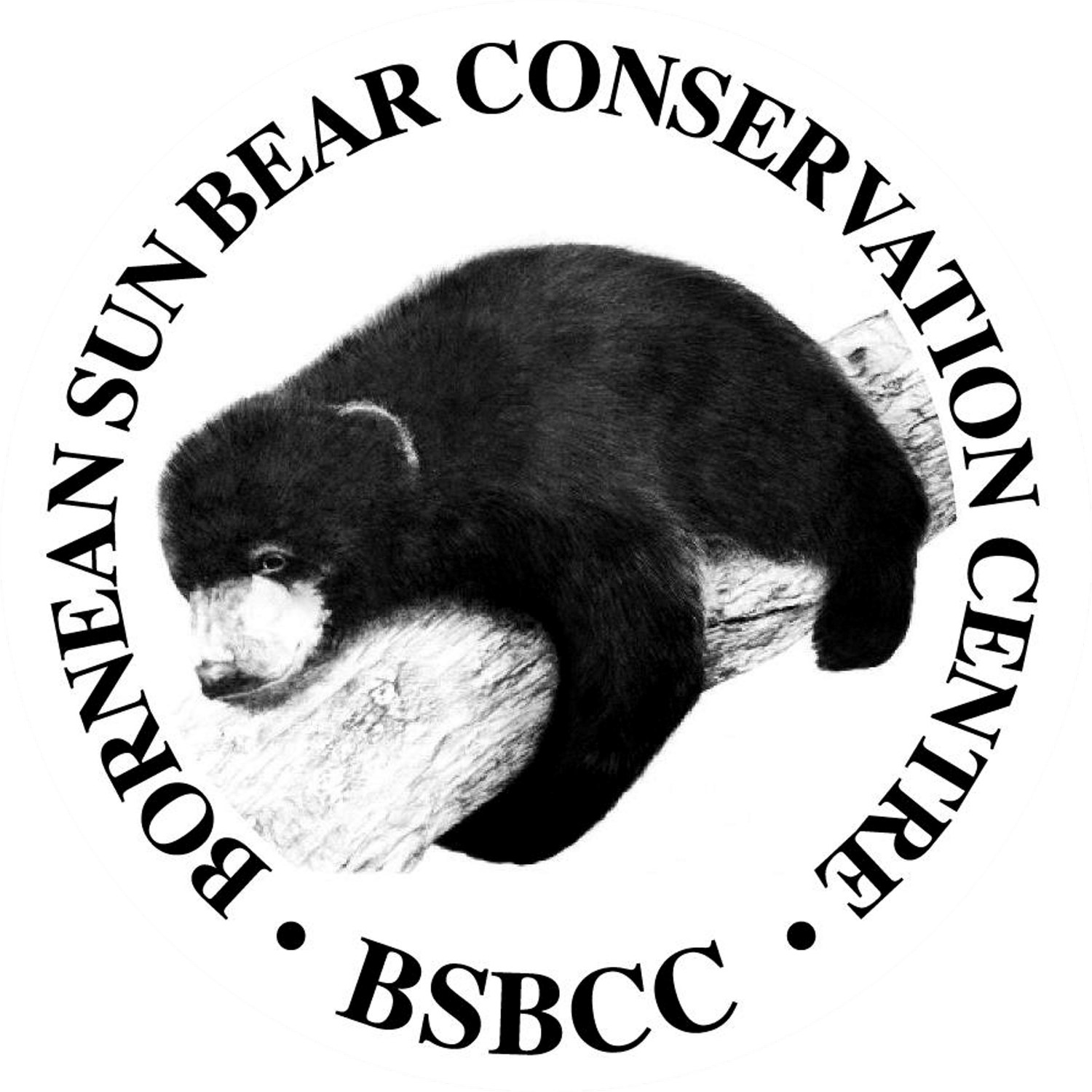Attending 1st Southeast Asian Animal Enrichment & Training Workshop
It all begins with an idea.
Text by Wai Pak Ng
There were about 40 participants from Southeast Asian rescue centers and zoos attended the 1st Southeast Asian Animal Enrichment & Training Workshop from the 4th – 7th October 2010. This workshop was hosted by Wildlife Reserves Singapore and instructed by Gail Laule (Active Environments) and Valarie Hare (The Shape of Enrichment).
I am very fortunate to have the chance attending the workshop. It was a very useful workshop where all of the participants have the chance to follow lectures on the behavioral managements, techniques of positive reinforcement training and comprehensive enrichment program. Besides that, we also being given a hands-on opportunities to implement various enrichments strategies inside Singapore Zoo.
Positive reinforcement training on a white tiger.
My first encounter target training with Malay Tapir.
The most useful part of the workshop was the problem solving session. I managed to bring up the case of our regurgitation bear for discussion. At the end, every one benefit in the process of searching for the root of the problem and suggesting the solutions. After that session, I have a better idea to solve the problem at our centre now and in the future.
Valarie showing one of the groups results.
Lastly, I would like to thanks the organizing committee for the warm hospitability. You all have done great job to make this workshop a success. I am looking forward the 2nd workshop!
Here is a link for more pictures on our enrichment setting in the zoo.
http://www.straitstimes.com/ttl/popup/ttl_popup_potd.html?id=3&path=Enrichmentforanimals_7703&type=photoessay
The Singapore Zoo held a workshop on 4 October 2010 on animal enrichment and training.
Over the course of four days, 30 participants were shown how to keep animals in a captive environment, stimulated. The participants came from 20 organisations in the region, including zoos, rescue centres and wildlife parks.
Photographers Desmond Foo and Ng Sor Luan show you the various techniques used at the workshop.
Singapore zoo keepers hanging a honey-coated coconut with sugarcane pieces on a tree in the sun bear enclosure. Devices such as the honey-coated coconut are used to encourage the bears explore and use their natural instincts to find food. The Straits Times/ Desmond Foo
A sun bear makes its way up a log as it licks the honey smeared on the log. Earlier, Singapore zoo keepers had smeared honey on coconut husks and the log to encorage the sun bears to use their explorartory and natural abilities to find their reward- a coconut that had been smeared with honey and had pieces of sugarcane embedded in it. The Straits Times/ Desmond Foo
Hope for the World's Smallest Bears
It all begins with an idea.
Hope for the World's Smallest Bears
by Francesca Sandwell
Sep 22, 2010
Positive News Issue 65
Nineteen rescued Sun Bears are settling into their brand new home at the Borneo Sun Bear Conservation Centre; the first of its kind in the world. The one-hectare site in Sabah is one of the most exciting preservation projects to date.Found primarily in the rainforests of Southeast Asia, the rapid disappearance of the bears' habitat has seen the population decline drastically. The key aim of the centre is to promote conservation in the region and be self-funding through a visitors' programme. Profits will go to rehabilitate and release orphaned or ex-captive Sun Bears back into the wild, as well as educating the public and raising awareness about the species.
The man behind this unique initiative is Siew Te Wong, a Malaysian wildlife biologist and leading Sun Bear expert. It was his research that first revealed the the plight of these elusive creatures; the smallest of the world's eight bear species. He founded the conservation centre in 2008 and has been directly involved in the rescue of those in captivity, where they are often kept as pets.
"I consider myself very lucky to be able to study and observe them in the wild," says Wong. "They belong to the forest, not behind bars. Seeing them released into the forest enclosure is the first step towards giving them a better life."
Key to the initiative is leading partner LEAP - Land Empowerment Animals People, who work with two government bodies, the Department of Forestry and the Department of Wildlife. The venture has also gained significant support from Raleigh International - a leading youth and education charity, based in the UK, who offer volunteering opportunities on sustainable projects worldwide.
Since 2009 Raleigh groups have been helping to construct perimeter fencing for the new enclosure and build a bridge to provide visitor access to the grounds. Upcoming work includes the completion of trails and board walks so the bears can be viewed in their natural habitats.
Eventually, most of the residents will be reintroduced back into the wild. But those who have weak eyesight or are not fit enough, will remain at the centre and be well looked after by its enthusiastic and committed volunteers.
"I am so pleased that I have kept the promise I made to these bears six years ago - a new home and a new life," says Wong, adding: "To me, they are just like good old friends."
Contact: Borneo Sun Bear Conservation Centre, PPM 219, Elopura, 90000 Sandakan, Sabah, Malaysia
Website: http://www.bsbcc.org.my/
Wai Pak, project manager, helping
a young bear adapt to her new home
Photo: copyright Charlie Hoare charliehoare.com
http://www.positivenews.org.uk/artman/publish/article_2882.shtml







